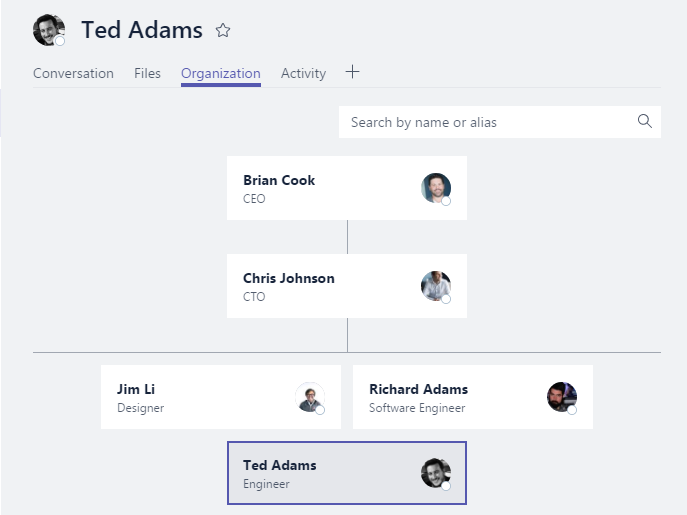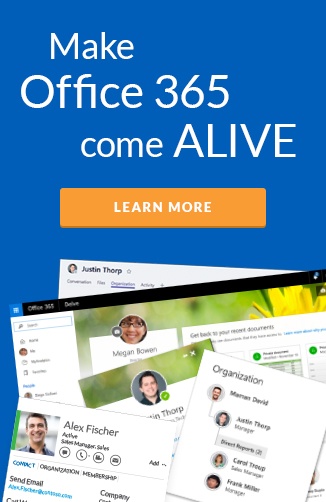Most companies, regardless of size, have a formal organizational structure. This structure tends to provide an anchor and reference point for managerial authority, or other basic HR functions in the business. It also provides an outline for organizational workflow, makes it easier to add employees, and highlight what areas of the business are growing or need additional development.
A good organizational structure is also essential for employees to understand who they should report to in specific situations and who has responsibility for various projects or pieces of work. And it can provide a clear path for employees looking to progress in their careers. Without the right organizational structure, a business’s direction may be compromised and, the internal processes confused, which will ultimately have a negative effect on its overall productivity.
What are organizational charts?
Organizational charts (or org charts) are the visual representation of a business’s structure. They show the relationships between teams and the different positions within. Like a family tree, positions and their descriptions are usually written in boxes and connected to other related positions. Org charts are snapshots of the company, how it’s built, and who fits where.
The basics for org chart success:
- Its design should clearly depict the structure of the organization
- It should be built in collaboration with business leaders, managers, and HR
- It should be accurate and updated regularly
What are they used for?
Traditionally, org charts have been used by various people in an organization:
- HR departments use them to assist new hires as part of the onboarding process
- They can be used to provide a current view of what employees are in each position
- Business leaders use them for optimizing resources
- Finance departments use them to assist with cost allocations to parts of the business
- Decision makers use them to optimize their resources
- Employees use them to help develop a career path within the company
- New hires use them for getting to know who's who and establish new working relationships
- They can be used to find heads of departments and who to escalate questions or tasks to
Methods for creating org charts
There are various methods of creating org charts: from the rudimentary methods of Excel and PowerPoint to automated tools or org chart products.
Office 365, for example, provides different methods for creating org charts:
- Office 365 contact cards – includes an organization tab that displays where an employee fits into an organization’s structure.
- Microsoft Teams – you can view where a colleague sits in the hierarchy of your organization along with their peers. (see screenshot below)
- Microsoft Visio – a specific product from Microsoft that enables you to create flexible organization charts.
- Delve - has a very simple linear organization chart that comes out of the box. It shows the management chain but not peers.
- PowerApps - PowerApps has a template app for an employee search mobile app.
See our previous post on getting the most out of org charts in Office 365.
How each business creates their own will depend on factors like size, time, and available resources. But, for every business, the success of your org chart will come down to how accurate, easy it is to update and whether it’s readily accessible.

Challenges facing IT professionals and Office 365 admins
Despite the numerous options for creating and using org charts, there remains an underlying problem: they are only ever as good as the information in your Active Directory.
If that information is inconsistent, your org charts risk being inaccurate or inconsistent. While challenges of inconsistent information and inaccurate org charts might seem relatively minor if you are a company of fewer than 15 or 20 people, imagine a company with multiple departments and hundreds of people. Inaccurate org charts have the potential to cause disruptions across the business.
Let’s look at some of the challenges that admin staff must deal with when it comes to ensuring their organization’s org chart information is effect and up to date.
- Static data - A lack of integration with user profiles means data cannot be updated automatically.
- Time drain - When employee information must be manually updated, it can quickly become a tedious and time-intensive task, pulling workers away from more valuable work.
- Inconsistent - Manually updating information increases the risk of mistakes being made or best practices not being followed. This will mean information becomes inconsistent and dated over time.
- Departmental relationships aren’t displayed - This can lead to confusion over authority, the wrong information being sent to the wrong person, delays in project tasks, and an overall decrease in productivity.
- Hard to navigate - When information is inaccurate, it makes the process of navigating the org chart difficult and in some cases irrelevant.
Hyperfish has got your back
IT managers and Office 365 administrators looking to reduce the manual effort and complexity that’s required in keeping profile information up to date should consider Hyperfish.
We are experts when it comes to modern organizational charts and the software that can solve the above challenges. Our solution uses AI to understand where employee profile information is incorrect or missing and notifies the user of problems. This information can be inputted on mobile devices, making it easier for the end-user to update information on the go. We understand the issues Office 365 administrators face when it comes to making sure organizational charts are being used effectively, that's why Hyperfish was built. Download Hyperfish Lite for an immediate taste of how you can achieve complete Office 365 profiles.
For more information on the capabilities of the full version of Hyperfish, get in touch with us today.


